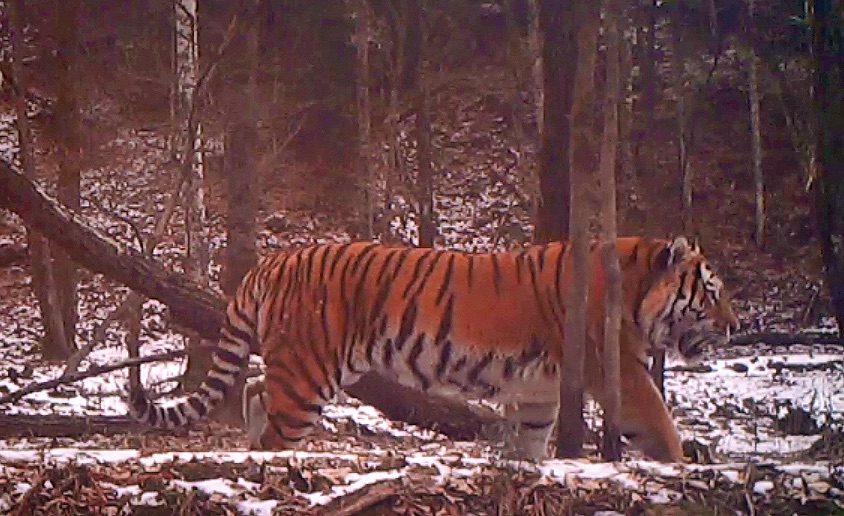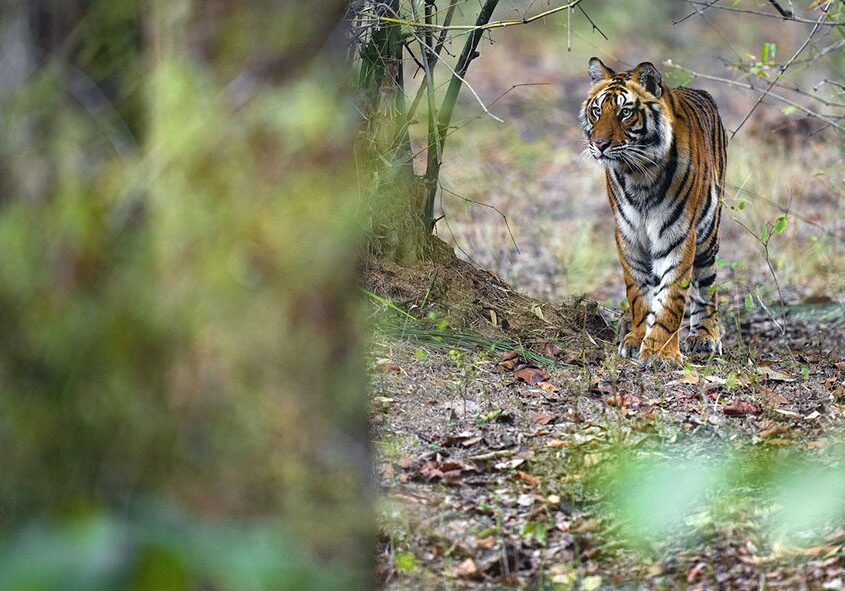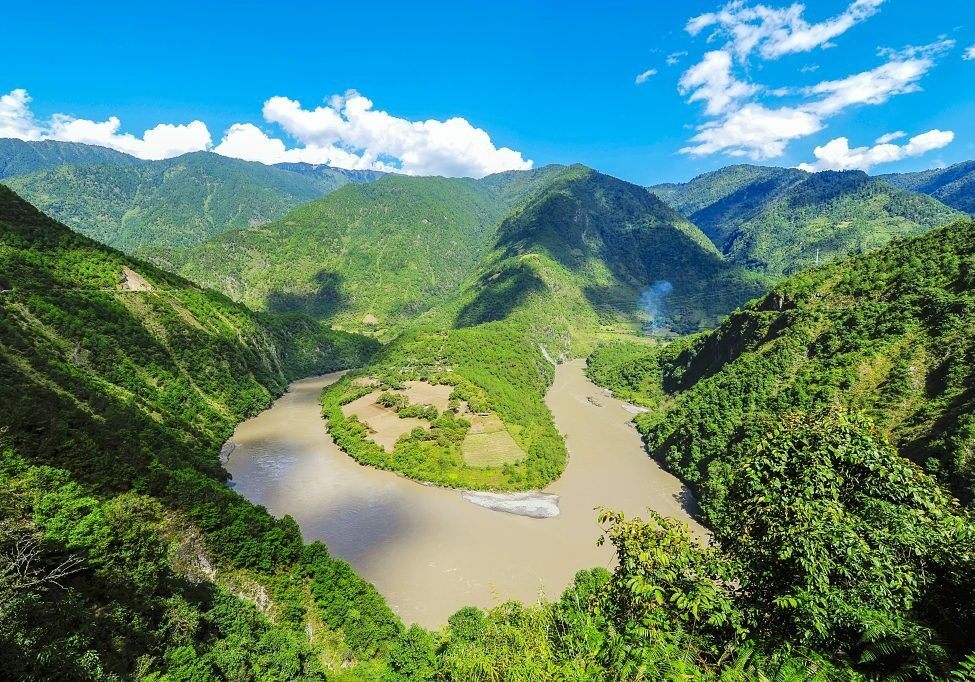The future for critically endangered wildlife is looking brighter after China announced plans to create five new national parks. The parks will cover an area of 230,000 sq km – that’s almost the size of the UK.
Once completed, this protected area network will be the largest in the world. Until recently, China didn’t have state-run national parks, instead relying on a complex and unwieldy structure of thousands of local nature reserves. Many of these provided little real protection against threats such as logging, poaching and development.
The new parks cover China’s panda, tiger and leopard habitats, as well as key nature reserves near the headwaters of the Yangtze, Yellow and Mekong rivers.
China’s shift to providing state protection for large-scale landscapes is partly driven by its tiger conservation efforts, in which you’ve helped play a part. Like other tiger-range states, the country is committed to increasing wild tiger numbers – and protecting large areas of interconnected habitat is a key part of the strategy.

© JILIN HUANGNIHE NATIONAL NATURE RESERVE
In 2017, China tested its new national park approach by approving the largest protected area for tigers on the planet – the North-east China Tiger and Leopard National Park, along the borders with Russia and North Korea. WWF was an important partner in creating the park, carrying out habitat assessments that helped shape its boundaries.
Camera-trap monitoring has shown that numbers of Amur tigers and Amur leopards are on the rise, and Amur leopards are increasingly being seen in China – there’s even evidence that they’re breeding there. Now, with proper protection on both sides of the border, there’s a real opportunity to safeguard their future and that of all the other wildlife that shares their forest habitat.
We’re supporting the national park authorities in China to monitor tigers, leopards and prey species. We’ve trained around 2,000 park rangers, providing tools to improve anti-poaching efforts as well as working to avoid potential conflict between people and wildlife.
The new national park system also includes the Giant Panda National Park, a mountainous area larger than the whole of Wales that’s home to around three-quarters of the world’s giant panda population.
WWF has been working on panda conservation in China since 1980 and, thanks to your support, the iconic species is now no longer on the endangered list. With the new national parks, we have a real opportunity to secure pandas’ long-term future.
Help us do more
You can continue to support our work to protect pandas and other vulnerable wildlife in China by adopting a giant panda.
More to explore

Are tigers coming back from the brink?
For decades, we’ve worked tirelessly to secure a future for wild tigers. Now, as we approach a key milestone in tiger conservation, we need your help again

